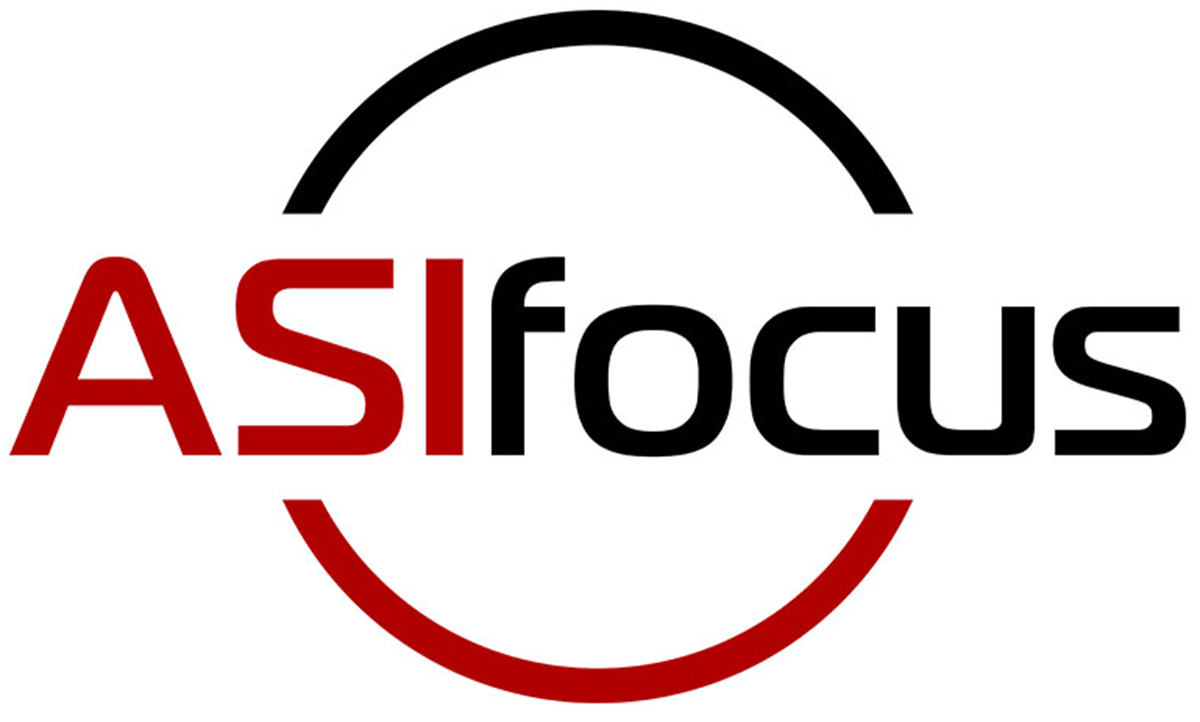As executives see signs of economic recovery, businesses are coming out of defensive postures and looking forward to resuming growth. Recently, orders for capital goods began to rise, and a quarterly survey of CFOs revealed that they expect to increase capital expenditures by 9% this year. With business spending picking up, there is no better time to review your purchasing processes for potential cost savings.
As the economy recovers, you don’t want to lose focus on the spending austerity that helped your company succeed during tough times. You want to continue to control costs and improve purchasing power. If you can purchase more goods and services than your competitors do for the same money, your company will gain an advantage that directly impacts the bottom-line.
At the same time, you don’t want purchasing to become painful or error-prone. Piles of paperwork, irritated employees, and a bogged down system of approvals for every little purchase can eat away at profits through lost productivity.
Before your company starts to purchase additional inventory, supplies, or equipment, you should first consider evaluating your purchasing solution. Automating your purchasing procedures with ERP software can help your company:
- Simplify purchasing procedures and reduce cycle time so employees comply with your process and don’t become exasperated by paperwork.
- Gain purchasing power so you can negotiate better pricing for commonly-used Maintenance, Repair and Operating (MRO) goods, as well as inventory items.
- Optimize your supplier base and identify preferred vendors for hard dollar cost reductions.
- Gain control over costs by centralizing all purchasing data and producing accurate, up-to-date spend data analysis.
- Balance supply vs. demand while maintaining optimal inventory levels through close integration between your purchasing, Accounts Payable, and inventory systems.
- Navigate the global economy with multi-currency purchasing and reporting that helps you compare spending across currencies.
In today’s competitive environment, purchasing is a critical corporate function. Its ability to hold down costs and contribute to the bottom-line cannot be overstated. Yet this vital function is often overlooked for automation, in spite of its proven cost reductions.
ERP software can make a positive impact on corporate purchasing power, cycle time, administrative costs, inventory management, customer satisfaction, and strategic planning and analysis. When viewed in the total context of the 21st century organization, an automated purchasing system might be just as important to your company’s success as Inventory Control, Accounting, or Human Resources applications.
